“Now that’s a lovely patch of color for spring.” I was wandering a friend’s garden. “What did you say it’s called?”
“Lungwort,” my friend replied. “Although I’ve heard some people call it boys and girls together.”
I had to chuckle. Two very unlikely names. “Why lungwort?”
“Lungwort for the lung-shaped leaves and the fact it was once used to treat lung ailments.” My friend paused while I bent over to look at the leaves more closely. “It has several other unusual names: soldiers and sailors, spotted Mary, spotted dog, Jerusalem cowslips, Mary and Joseph, William and Mary, and oak lungs.”
“Just to name a few? Any others?”
“Oh, probably.”
Another early spring beauty, lungwort, like snowdrops, is toxic to both humans and animals. It’s a delicate perennial which will not attract deer and other destructive animals. It’s also a low-growing plant, though the flower stalks can reach up to 18 inches in height. And whilst it might not attract wildlife, it’s a favorite for honeybees and other pollinators.
Appearance
The leaves are covered in fuzzy hairs and sport a range of greens, often spotted with mottled marks. The flowers, which bloom in clusters, have five petals and are bell-shaped. First pink, the flowers mature into a violet-blue tinge. Some lungwort sport blue or white flowers.
Lungwort Plant Care
This herbaceous perennial is best planted in the fall. It prefers partial to full shade, but it doesn’t like to compete with tree roots for its water consumption. If planted under a canopy of trees, make sure to keep the soil well-watered. Other shady areas, like next to a fence, a garden wall, or a building, might be preferable — as the plant wouldn’t have to compete for the moisture in the soil. Another alternative is to plant them next to taller perennials that offer shade without compromising the soil moisture as extensively as tree roots will definitely do. It doesn’t appreciate too much sun as it can and often does, torch the leaves, causing the plant to wilt or die.
This is an easy-care plant. It doesn’t require frequent or heavy fertilization. Sprinkling a small amount of all-purpose garden fertilizer around the plants in the fall is sufficient. I prefer the more natural approach of piling autumn leaves around and over the plants in late fall. The leaf cover offers protection and allows its reserve nutrients to feed the soil around the plants.
Propagation is best done by division. Since most of the varieties now are hybrids, they don’t easily start from seed. Once a mature plant’s flowers die off, the plant can be dug up (carefully to keep the roots intact) and then gently pulled apart to separate the roots before replanting the new clumps. As with all plants, make sure the soil is kept well watered while the new plants take root.
Disease and Pest Issues
The plant doesn’t suffer from pest or disease problems, but they are prone to powdery mildew and slugs. Either of these issues may cause abnormal or damaged foliage. Even in the shade, the plant will suffer in the full heat of the summer sun, but come fall and cooler temperatures, it will perk up again.
Lungwort Varieties
There are several lungwort varieties to choose from. Here are a few of the more popular varieties.
Pulmonaria saccharata ‘Excalibur’
I love this name. It suits given the plant boasts silver-white leaves with dark green edging and long-lasting flowers, rosy pink in color. Flowers appear in early spring and last longer than most other lungwort varieties. Usually about 12 inches high, spreading to about 18 inches wide. Great ground cover.
Pulmonaria officinalis ‘Sissinghurst White’
This name is quite a mouthful. The plant, however, is lovely with long, slightly silver-speckled leaf and pale pink buds that burst into pure white, bell-shaped flowers. Considered rare, it’s one of the few white-blooming Pulmonaria. Usually blooms in late spring and grows to a height of 10 to 12 inches and spreads 18 to 24 inches.
Pulmonaria saccharata ‘Spilled Milk’
Another strange name for a lungwort hybrid with pink or blue flowers. The leaves are initially tinged purple and change to white as the plant ages. As interesting as this name suggests, its other common name is Bethlehem sage. But don’t mistake the name ‘sage’ to believe it’s edible, because it’s not. All parts of all lungwort are extremely toxic. Blooms in early spring. Grows about 9 inches tall.
Pulmonaria saccharata ‘Smokey Blue’
The dark green leaves with silver spots and pale blue flowers make this variety a showpiece. The silver blotched leaves make it resemble the blotchy coloring of a diseased lung. Not a pleasant thought, but an interesting analogy. The plant grows about 12 inches high and can spread about 18-24 inches wide. Flowers in early April.
Another variety under the same name also sports silvery spotted leaves and blue flowers that turn pink as they age. It’s another hybrid that compares to hostas in that it’s perhaps more valued for its attractive foliage of long, oval, densely spotted dark green leaves than its flowers. Typically grows about 12 inches tall and can spread up to 20 inches wide.
Pulmonaria longifolia ‘Bertram Anderson’
It sports long, narrow, dark green leaves that have elegantly profuse silver spotting which gives it an attractive appearance through the growing season. The flowers are blue, emerging from the pink buds of late spring. This plant is smaller than the other lungwort, only growing to a maximum height of 1 foot and spreading from 1 to 2 feet.
There are more varieties to choose from, but these are the most popular. It’s an easy-to-grow delightful addition to any spring garden.

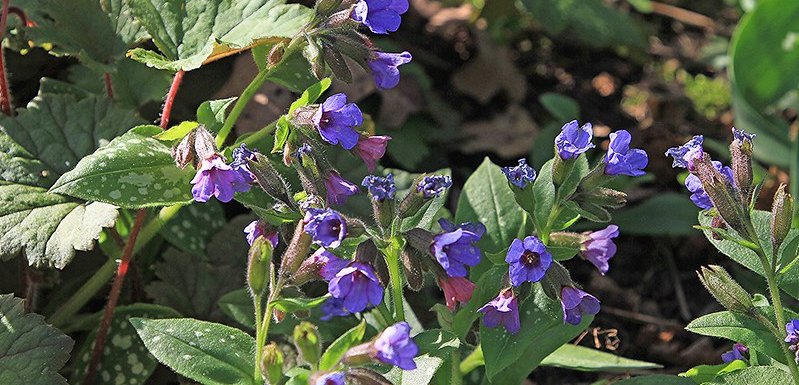
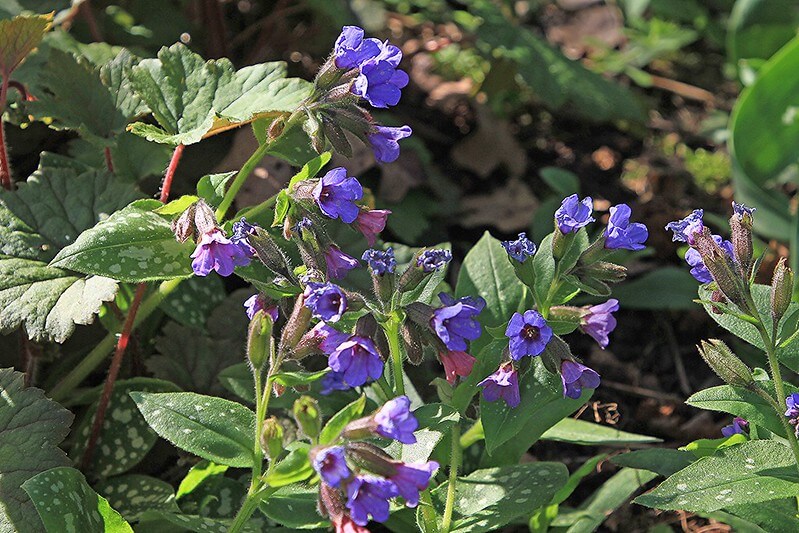
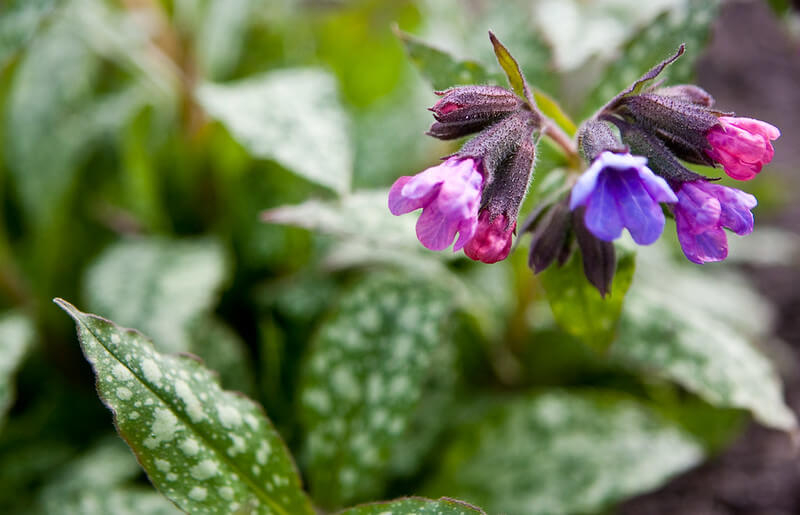
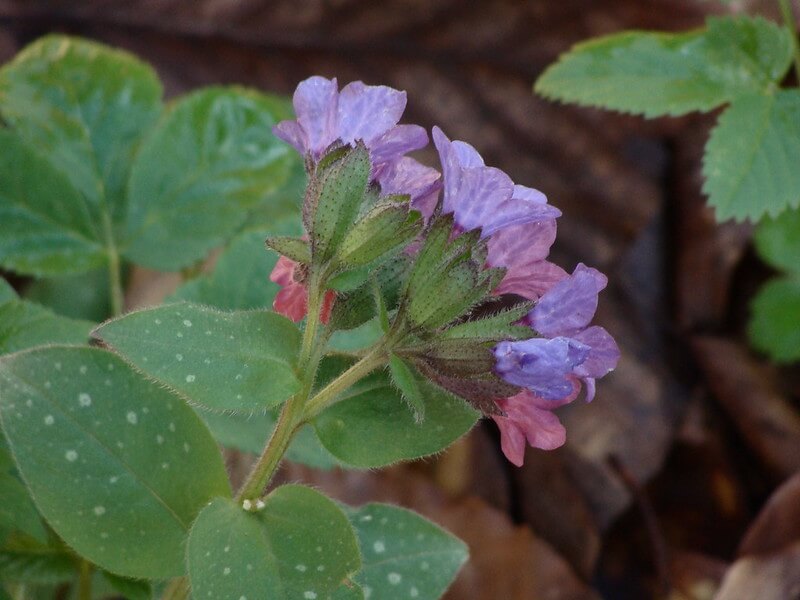
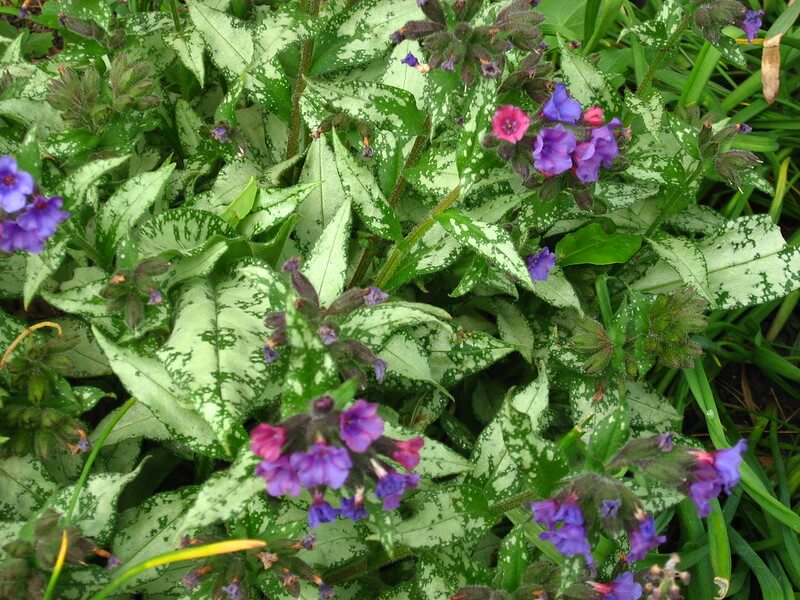
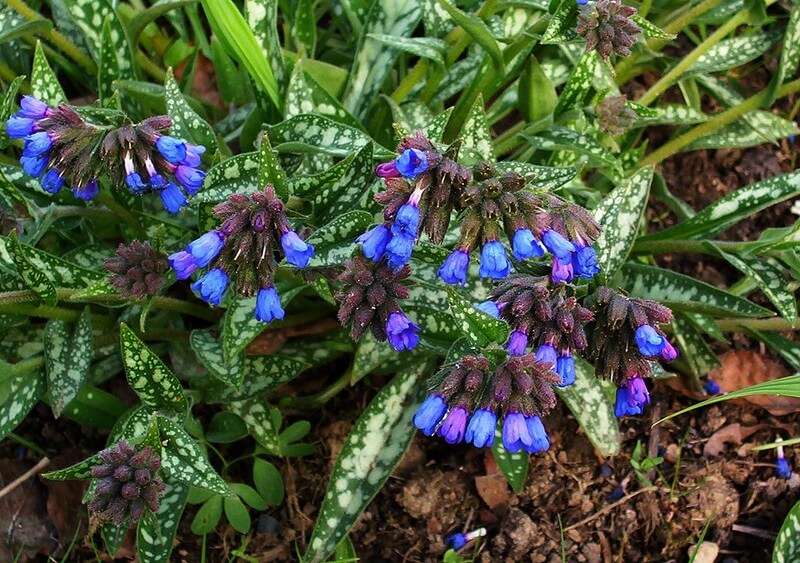





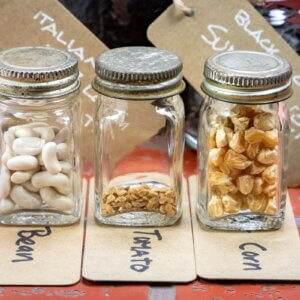


































Your information here states that all lungwort are toxic, but other websites say that it is good for lung illnesses among other ailments. Could you tell me why you say that it is toxic and point me to your sources? Thanks so much
Pic is not Sissinghurst White. Truly white.
We have hummingbirds that overwinter in the Pacific Northwest and the love these nectar bearers. Many new varieties are out that are superb.
Why do you say lungwort is toxic? Many places sell lungwort tea made from dry leaves.
Hi can I have a source saying that this plant is toxic?
Lots of good references for pets and livestock, eg:
“The leaves, stems, and blooms of lungwort are toxic to cats and dogs. They contain chemicals known as saponins and pyrrolizidine alkaloids. If ingested, pets may exhibit symptoms such as loss of appetite, lethargy, vomiting, diarrhea, difficulty walking, or neurological problems.”
-https://plants.ces.ncsu.edu/plants/pulmonaria-longifolia/
I’m having trouble finding a clear answer one way or the other for lungwort in humans.